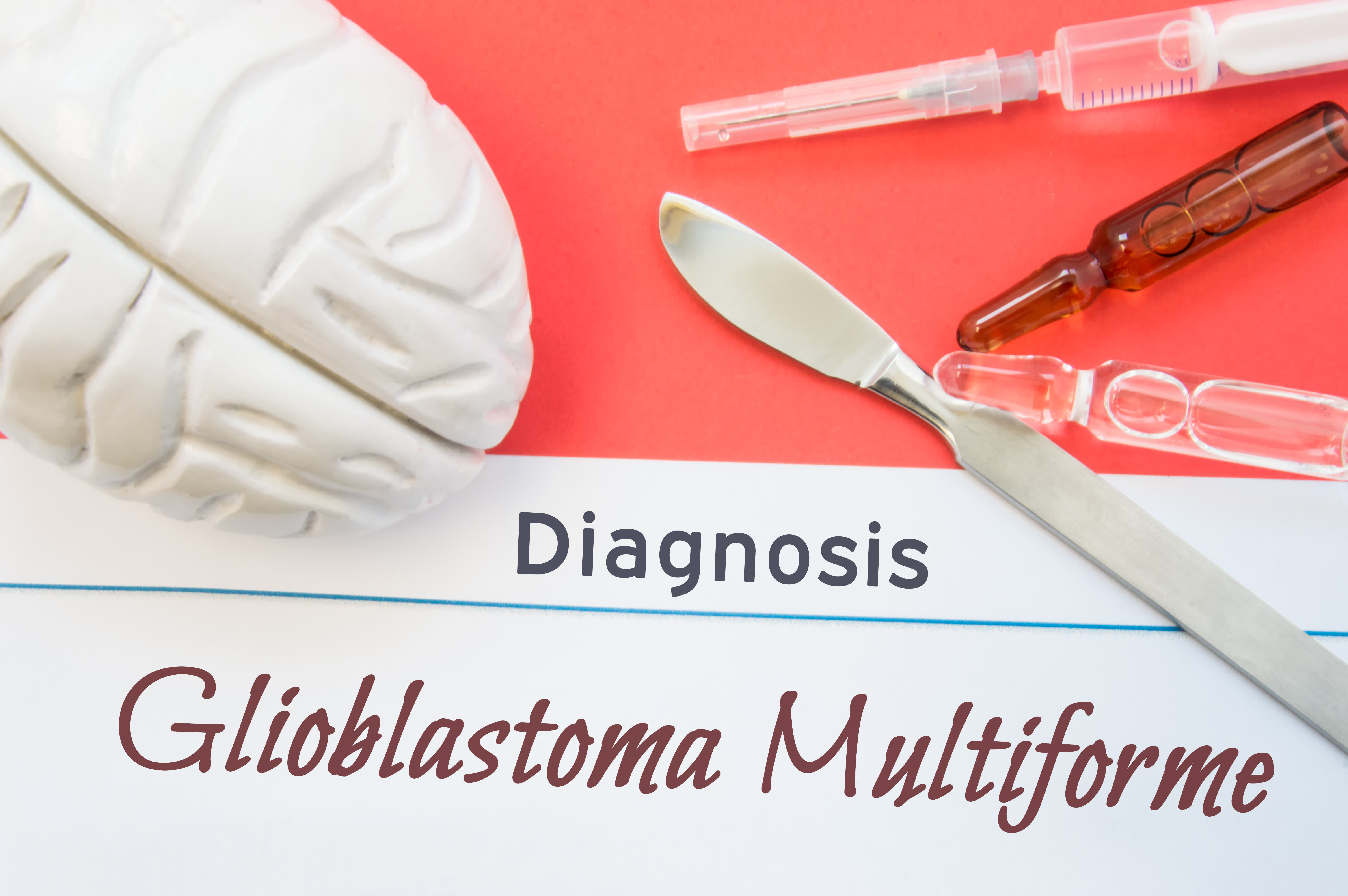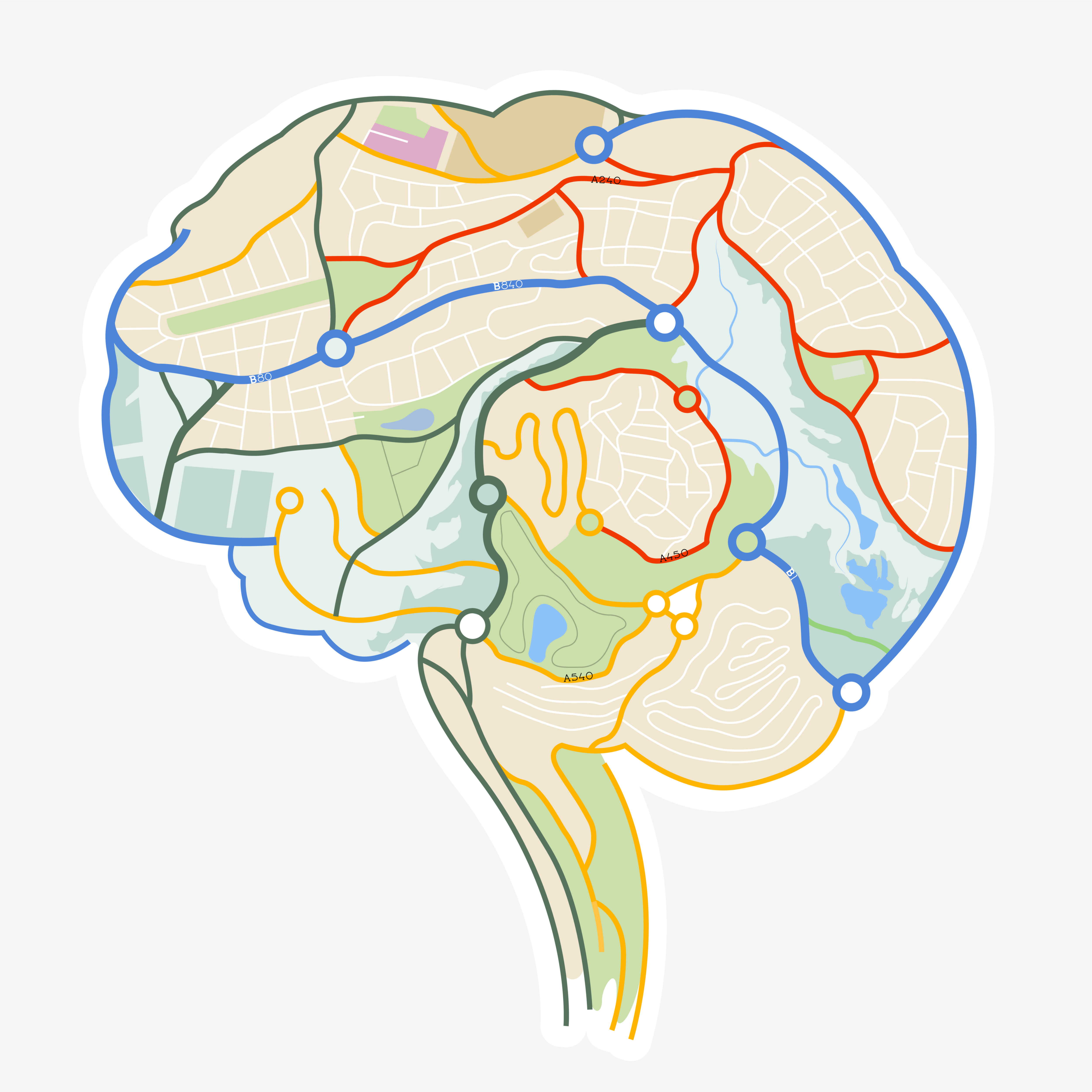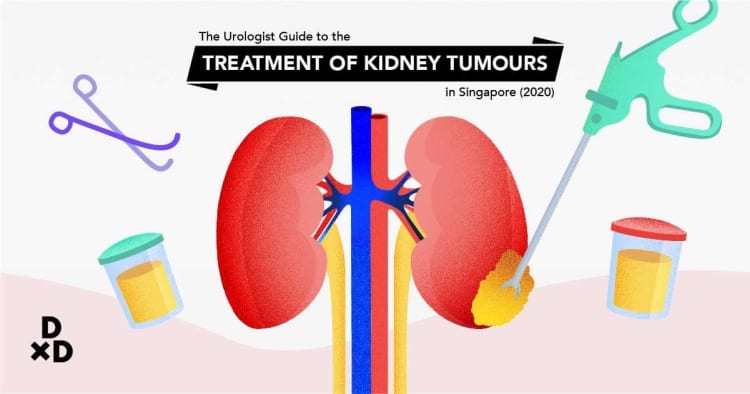Have you ever wondered why some tumours are located in a place that is hard to reach, like inside your brain? Here I have listed 4 mind-blowing facts about brain surgery for hard to reach tumours that will turn your brain to mush.
What is a hard to reach tumour?

Hard to reach tumours are tumours that are found in areas where surgeons cannot reach or are near sensitive parts of the brain using conventional surgery methods. In another word, “inoperable”. Usually, surgeons use non-invasive or technological approaches to treat this specific matter. [x]
For these tumours, there is a comparatively higher chance of injury that could damage the patient’s sense of sight, smell, hearing, taste, and touch. Another side effect is also possible damage to the patient’s ability to think and feel emotion.
Now that I have explained to you briefly about hard to reach tumours, here are 4 mind-blowing facts about brain surgery for hard to reach tumours that will surprise you!
1. Scientists are developing new non-invasive tools using sound that can treat inoperable brain tumours
Researhers are experimenting with new technology to fight hard-to-reach cancers. Focusing beams of ultrasound (focused ultrasound) is one such technology that is also non-invasive. It works similar to how one can use a magnifying glass to focus light on an area and start a fire. An acoustic lens focuses all the ultrasound waves on the body very precisely. This leads to a whole series of biological effects, such as burning off tumour cells at the focal point. Focused ultrasound will add to existing tools that use focused radiation beams, which work similarly by focusing radiation beams on one small area, such as gamma knives and proton beams.
2. The most common inoperable tumour in Singapore is glioblastoma multiforme

In Singapore, glioblastoma multiforme is the most common type of primary brain tumour in adults [x]. Glioblastoma multiforme (GBM) is a fast-growing tumour that develops from one of the cells in the brain called a glial cell. The tumour attacks the brain’s neurons and, if left untreated, the prognosis is poor, resulting in death after 6 months. [x] These tumours are highly invasive and can occur in any parts of the brain including hard-to-reach locations.
3. The brain has no sensation and the patient can be awake during the surgery
For tumours that invade the most sensitive parts of the brain, surgeons can do the surgery with the patient awake. Surgeons can map out the brain, called a cortical map, to work out which parts are vital for certain activities like speaking or feeling. While operating, a technician will ask the patient to perform simple tasks like speaking or counting. If these tasks are interrupted, or the patient feels weird sensations, the surgeon will know that that part of the brain cannot be touched. Other points of access will then be used.
4. Minimally invasive surgery actually works better for these tumours

Surgical methods employing specially designed sheaths combined with computer navigation systems can reach deep into the brain safely. First, your brain is mapped out, then the safest path to the tumour, which is not necessarily the shortest route, is planned. Then technology like the NICO BrainPath tool is used to follow this pathing. The procedure is minimally invasive because these sheaths have a small diameter; it brushes the brain tissue to either side to proceed, similar to how you can push aside some curtains to pass through a door.
These sheaths are even more effective for use on deep seated tumours, compared to a tumour located near the surface of the brain.
Mind-blowing, isn’t it?
After completing medical school, Dr Kon continued his medical training in neurosurgery and neurocritical care at various institutes in the UK which include the National Hospital for Neurology and Neurosurgery (London), Charing Cross Hospital (London), Addenbrooke’s Hospital (Cambridge) as well as the National Neuroscience Institute (NNI) in Singapore. He obtained his PhD at Imperial College London and subsequently completed his fellowship at Toronto Western Hospital, University of Toronto in Canada.
You can find Dr Kon at NeuroAsiaCare








